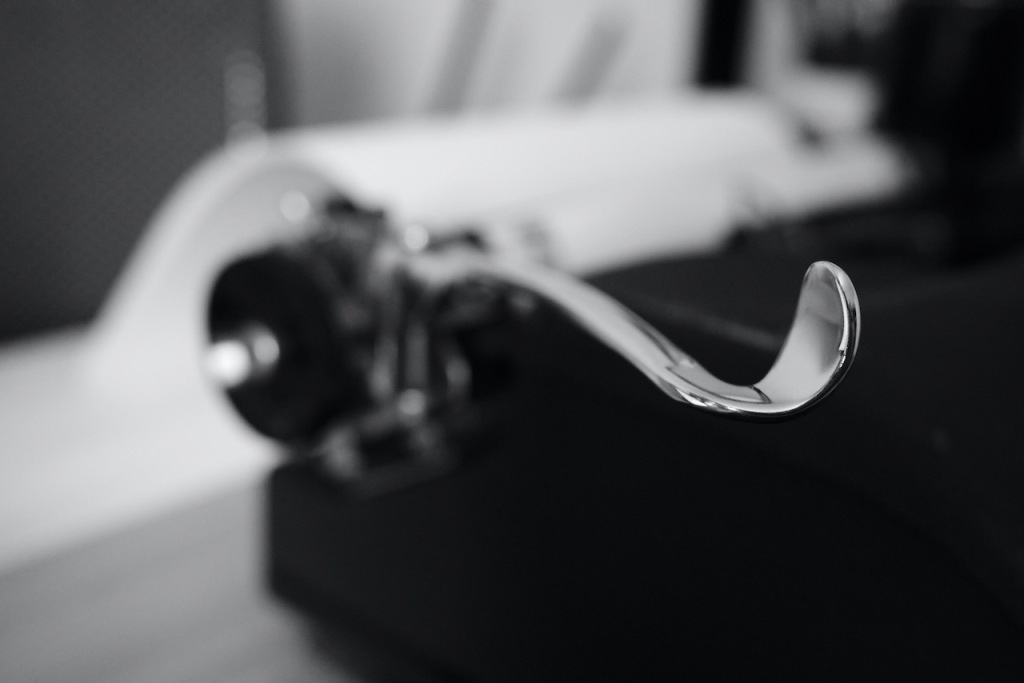three carriage returns

One lever that simultaneously moved the carriage back to the furthest left position and moves on to the next line. It's almost the equivalent of winding up a toy right before you let it move in the way that it was meant to move.
One of the biggest draws to my selecting the three typewriters that I did is their styles. Specifically, I like the differences in these levers, the curvatures, the lengths, the angles.
The Clipper's has a sleek, skinny, and is the most curvy of the three. I like the way it curves from the carriage body outward, with the end countered upwards while also concave making it comfortable for just one finger to move the carriage.

I would describe the styling of the Olympia as a combination of efficient and sleek. My favorite part is its lever's contour follows the shape of the upper deck, curving downwards and becoming broader at the end.
The downward curve, closer to the keys, makes it so while typing I don't have to lift my left hand up too far to operate it, which translates to being able to move (type) through a page much quicker.
You wouldn't think a small design decision like that would make a big difference. In fact, I probably wouldn't notice its functional benefit if I didn't have other return levers to compare against.

The Clover's lever is the shortest, intentionally compact for portability. It's angled both outwards and upwards but remains convenient and very easy to reach (use). The broad curvature at the end makes it very easy for my left hand to operate it quickly, with enough space for my pinky and ring fingers to catch it.
One of the first things that I'm drawn to when looking at different typewriters is their levers. I'm learning a lot about the overall styling and I feel like the return levers are one of the most prominent parts of their design personalities.